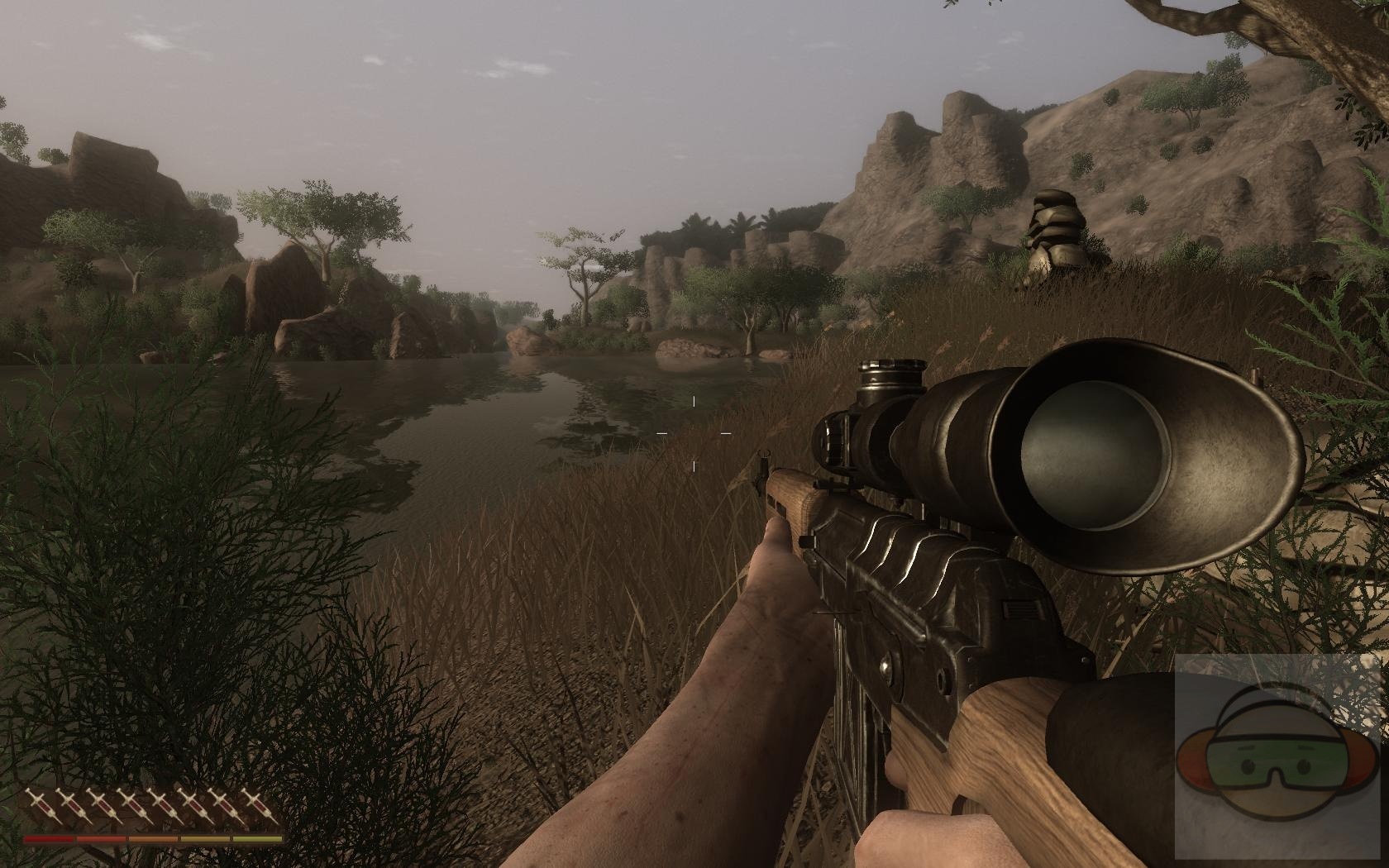
2007 Salthouse 1996 Verhaeghen and Salthouse 1997). As response times are linked to intelligence ( Sheppard and Vernon 2008), it has been proposed that these age differences in response times might form the basis for the decline of a wide range of cognitive abilities-cognitive decline in general might be based on a slow-down of basic cognitive processes ( Finkel et al. One clear-cut result, found in cross-sectional as well as longitudinal data, is that older adults show slower response times than younger people in elementary cognitive tasks-a pattern that already starts in mid-adulthood ( Hartshorne and Germine 2015 Jensen 2006 Salthouse 2010 Schaie 2005). Only for so-called crystallized abilities ( Cattell 1963), which are largely knowledge-based, ability scores increase until people are in their sixties ( Horn and Cattell 1967). This well-established finding holds true across a variety of process domains (e.g., general intelligence, reasoning, memory) and across different content domains (e.g., figural, numeric, verbal).

Most cognitive abilities decline across the life-span ( Hartshorne and Germine 2015 Salthouse 2004, 2010). We discuss the implications of these findings on how cognitive decline and age differences in mental speed might be related. Content domain-general, but not content domain-specific aspects of non-decision time were related to age. In most cases, age differences in intelligence were accounted for by age differences in non-decision time. We estimated mediation models to investigate whether age differences in diffusion model parameters account for the negative relation between age and intelligence, across different intelligence process domains (processing capacity, memory, psychometric speed) and different intelligence content domains (figural, numeric, verbal). For speed of information processing, we found a more complex pattern that differed between tasks.

Older adults generally showed longer non-decision times and more conservative decision criteria. Our sample included people between 18 to 62 years of age, thus allowing us to study age differences across young-adulthood and mid-adulthood.

We present data from a broad study using 18 different response time tasks from three different content domains (figural, numeric, verbal). All three components provide possible explanations for the association between response times and age. The drift diffusion model can disentangle three main process components of binary decisions, namely the speed of information processing, the conservatism of the decision criterion and the non-decision time (i.e., time needed for processes such as encoding and motor response execution). Whether these well-documented findings can both be attributed to a general cognitive slow-down across the life-span has become subject to debate in the last years. In comparison to young adults, middle-aged and old people show lower scores in intelligence tests and slower response times in elementary cognitive tasks.


 0 kommentar(er)
0 kommentar(er)
